Windows 10X is a new OS that will change the way we have been using our devices. It’s not just about dual-screen, but it is how apps can leverage when they span over multiple screens. I am assuming a multiple-monitor scenario where I can traverse the app over two screens and use them better. While it is going to take some time for that, but if you are excited about it, then here is how to experience it. In this post, we will share how you can install Windows 10X Emulator on Windows 10.
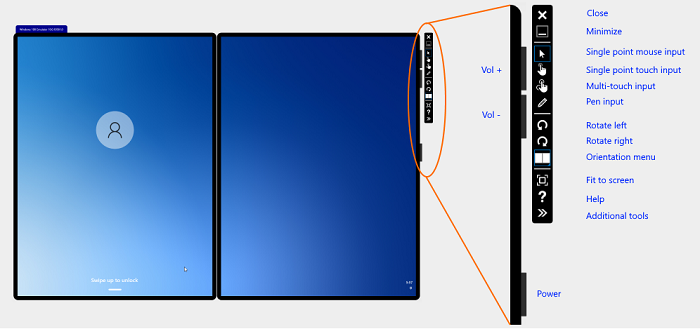
How to install Windows 10X Emulator on Windows 10
Once you are through Windows 10X minimum hardware requirement, follow these steps to install it. I would recommend using it on a computer that is not used for your core work as you will be testing a preview software on a preview OS.
- Opt-in for Windows 10 Insider Builds
- Turn on Hyper-V
- Install the Microsoft Emulator and Windows 10X Emulator image
- Launch Windows 10X Emulator
- Read Developer Notes by Microsoft for Windows 10X emulator.
While we have talked about it before, but here is the primary reason why AMD is still not supported. Windows 10X emulator needs Nested virtualization, which does not support AMD as of now. We are going to install an emulator (Windows 10X Emulator) inside another emulator (Hyper-V), which needs nested virtualization.
1] Opt-in for Windows 10 Insider
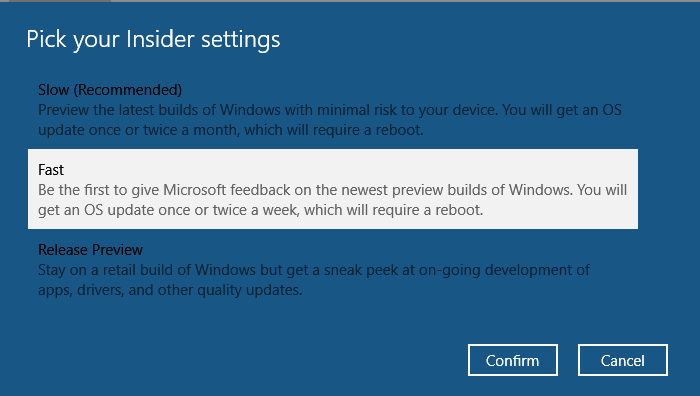
If your computer is not on Windows 10 Insider builds, you will have to opt-in before going ahead.
- Open Settings and navigate to Update & Security > Windows Insider Program
- Click on Get started button
- It will first prompt you to link an account. You can choose an existing account on PC or add a new one
- Next, you need to choose the channel for the updates. You will have to subscribe to the Fast Ring in this case.
- It will then reboot the computer, and configure Windows update such that Fast ring updates get downloaded on the computer.
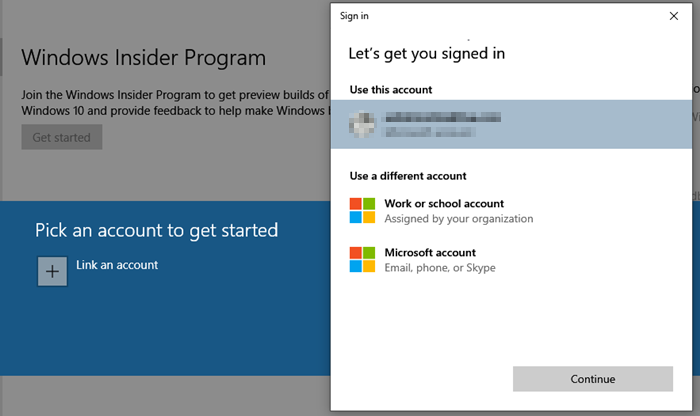
We have written a complete guide on how you can join Windows 10 Insider Builds on Windows 10, make sure to follow that. Once the download is complete, check if you have Windows 10 build 19500 or higher.
2] Turn on Hyper-V
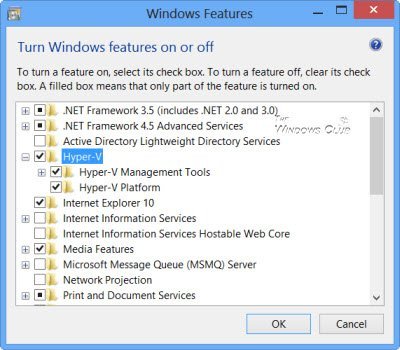
The next step is to install or turn on Hyper-V in Windows 10.
Go to Programs and Features > click on Turn Windows Features on or off > Select Hyper-V. Click ok to install the update. Remember, it will not be visible if you have anything apart from Windows 10 Enterprise, Professional or Education
3] Install Microsoft Emulator & Windows 10X Emulator image
The next step is to download the Microsoft Emulator, which is available in the Windows Store. This emulator runs withing the Hyper-V emulator we had installed in the above step. Done that, next, you need to download the image which will load into the Microsoft Emulator.
Download Microsoft Emulator here. | Download Windows 10X Emulator Image here.
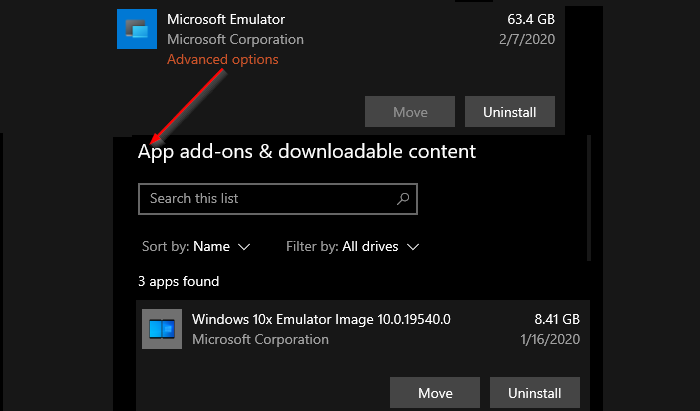
Microsoft Emulator is of around 27 Mb size, while the Windows 10X image is about 8Gb. Microsoft Emulator appears in the Settings > Apps section. Since you can install multiple images, the volume keeps growing. To remove any of the images inside the emulator, click on its listing, and then click on the Advanced options link. It will then reveal the list of App add-ons and downloadable content. You can remove the images from here to restore space.
4] Launch Windows 10X Emulator
Windows 10X emulator comes with an Emulator Manager. It is available in the Start menu under Microsoft Emulator entry. It is a developer tool that lists all the Microsoft Emulators installed on your machine. You can view the status and start a given emulator independent of Visual Studio. You can also start the Emulator Manager from the Microsoft Emulator entry in the Start menu.

The emulator manager allows you to edit an image configuration. You can change the location of VHD, SKU, Skin, configure memory, create or use a checkpoint, and more. You also have a button that allows you to launch the emulator with Visual Studio Integration. If you are finally ready to develop and upgrade your app, choose this.
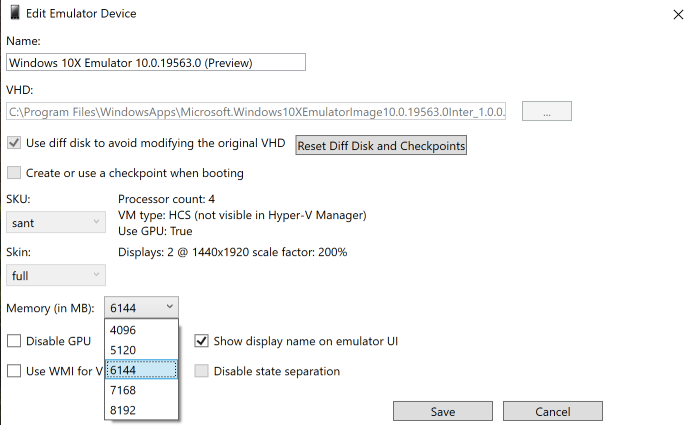
5] Read Developer Notes by Microsoft for Windows 10X emulator
Microsoft has shared a list of concerns or knows issues that developers should know.
- If the emulator freezes at the Hyper-V splash screen, you need to disable GPU virtualization. It is available with the emulator manager app where you can edit the installed image.
- The emulator is unable to boot images moved off the system drive.
- The emulator doesn’t always resume after a running image goes to sleep. You will have to restart the image if you see a black screen after it goes into sleep
- The diagnostics network ports and features are only available for OS development & validation. They will be removed or disabled in future updates.
- The image doesn’t offer language/region selection, account logon, etc. A few things like the recent section, Lock experience may not work as expected.
- The emulator image will be updated via the Microsoft Store. Applications may be removed, added, and so on. Microsoft will load only the Chromium-based version of the Edge browser in the future.
There are more, so please check the complete release notes.
We hope the guide was easy to understand, and you were able to install Windows 10X emulator on Windows 10.
Leave a Reply